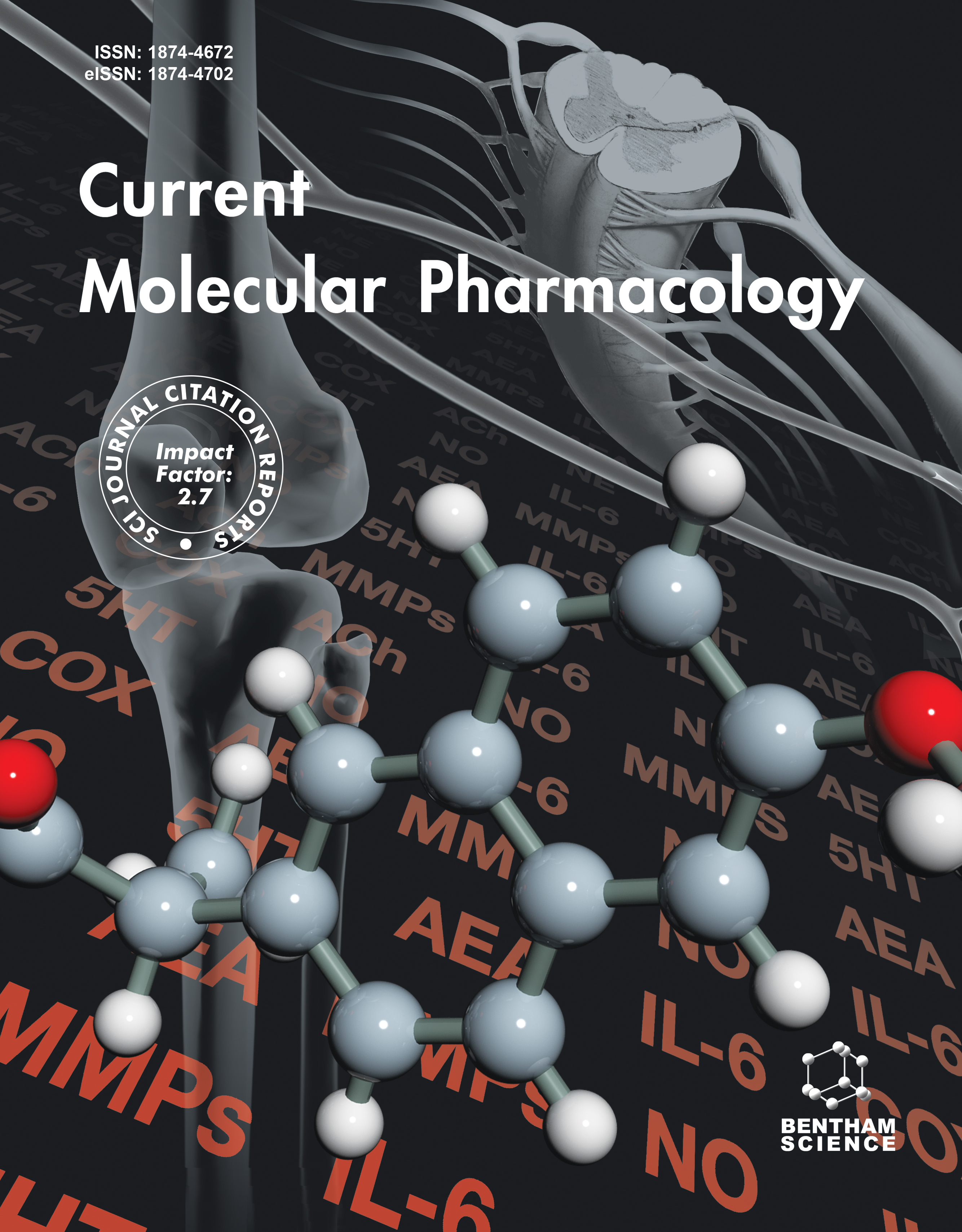-
oa A Promising Breakthrough: The Potential of VORASIDENIB in the Treatment of Low-grade Glioma
- Source: Current Molecular Pharmacology, Volume 17, Issue 1, Jan 2024, e18761429290327
-
- 05 Dec 2023
- 26 Jan 2024
- 29 Feb 2024
Abstract
This commentary explores the potential of Vorasidenib, also known as AG-881. This emerging small-molecule inhibitor has garnered substantial attention within the realm of oncology due to its unique mechanism of action and potential therapeutic applications.
Gliomas are common malignant brain tumors characterized by diffuse brain infiltration. World Health Organization grade II and grade III diffuse gliomas are considered lower-grade gliomas (LGGs) and have isocitrate dehydrogenase (IDH) mutations. LGGs are challenging due to their infiltrative nature, making them capable of progressing into higher-grade malignancies. Vorasidenib is a novel therapeutic agent targeting mutant IDH1/2, sparking interest in the field.
Vorasidenib inhibits mutant IDH1/2 through a unique mechanism, reducing the production of the oncometabolite 2-hydroxyglutarate (2-HG). This alteration affects key enzymes and DNA methylation, impacting tumor growth and invasion.
Preclinical studies show vorasidenib's efficacy in inhibiting mutant IDH1/2 and 2-HG production in glioma models. It suppresses tumor growth, making it a potential treatment option.
Early clinical trials demonstrate vorasidenib's clinical activity in non-enhancing gliomas. It reduces 2-hydroxyglutarate levels and tumor cell proliferation, with an objective response rate and prolonged progression-free survival. The drug's safety profile is favorable.
Challenges include identifying predictive biomarkers and optimizing sequencing or combinations with existing therapies. Further research is needed to establish long-term effectiveness, evaluate side effects, and explore combinations with immunotherapy.
Vorasidenib significantly advances LGG treatment, targeting a prevalent mutation and slowing tumor growth. Promising preclinical and clinical evidence and manageable side effects suggest its potential impact on LGG management. However, more research, including large trials, is needed to confirm its efficacy and role in treatment.


